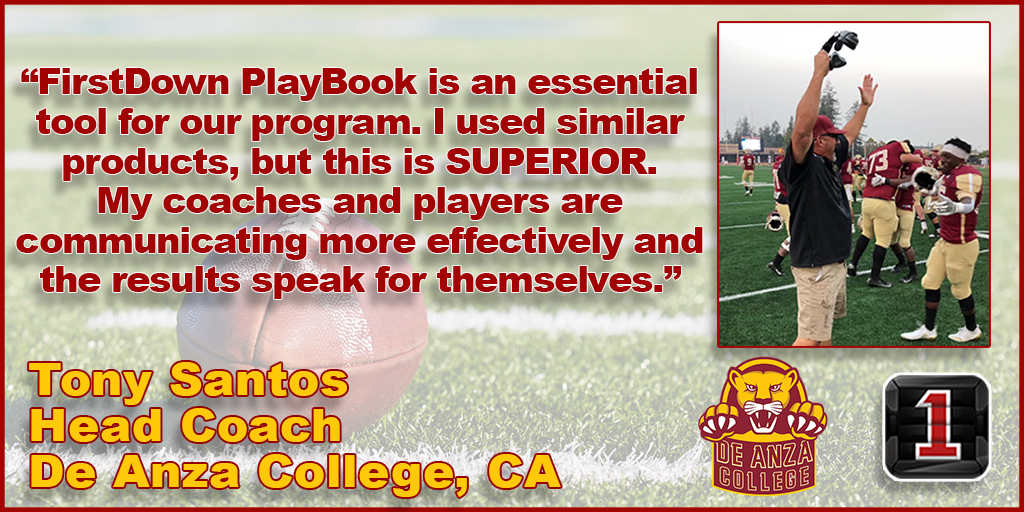It’s Not A Power Run Unless It Has This

We saw a Facebook post this weekend that asked the viewers to define a play as a “Power”, a “Counter” or a “Trap”. In case you saw it, the play was a power but almost all of the replies were wrong about it. It got us thinking that maybe we should slow down and explain what makes a power a power run in football.
Before we get too far into this, we just want you to know that we will come back tomorrow and do the sane thing with the Counter. The Power and the Counter are often confused with one another in football. There are just a few things that differentiate a Power from other runs. We will list them here but suggest that you watch the video for today.
Let’s just list three things that you should always look for before you call a play a power play. If any of the following things does not exist, odds are you should not label it a power run.
There Will Always Be A Pulling Guard On A Power Play
This seems obvious but we want to take it a step further because this is what confuses young coaches. The pulling guard can turn up inside on some schemes. On other schemes the guard may kick out the end man on the line of scrimmage.
If you are running the power to a defense with a gap defender then your tackle is going to have to block down. You can either let your fullback get met 2 yards deep in the backfield or you can kick out with your guard. This kickoff block does not make the play a trap play. It is still a power with a kickoff block.
Most Of The Time You Want A Double Team Play Side
Traditionally offensive line coaches like running the power to an under front. This way they can get a double team with the tackle and tight end on the five technique. Once again, if there is a B gap defender that tackle is going to have to block down. This leaves your tight end one on one vs a defensive end.
The reason we say “most of the time” you want a double team is because there are exceptions. We show you one in this video vs a 6-2 youth football defense where you might want to base your tight end as opposed to kicking out your young fullback on an end. Blocking the play either way is fine and both are power plays.
The Fullback Is On The Same Side As The Play
This one confuses youth football coaches a lot. If you are running a two back run play and your fullback is coming from the other side to block…it ain’t a power. It is likely a counter run. Please understand that the back may be crossing the QB’s face as a sweep runner on a Read Option play. That’s different. The back is now a perimeter player and not involved in the power blocking.
